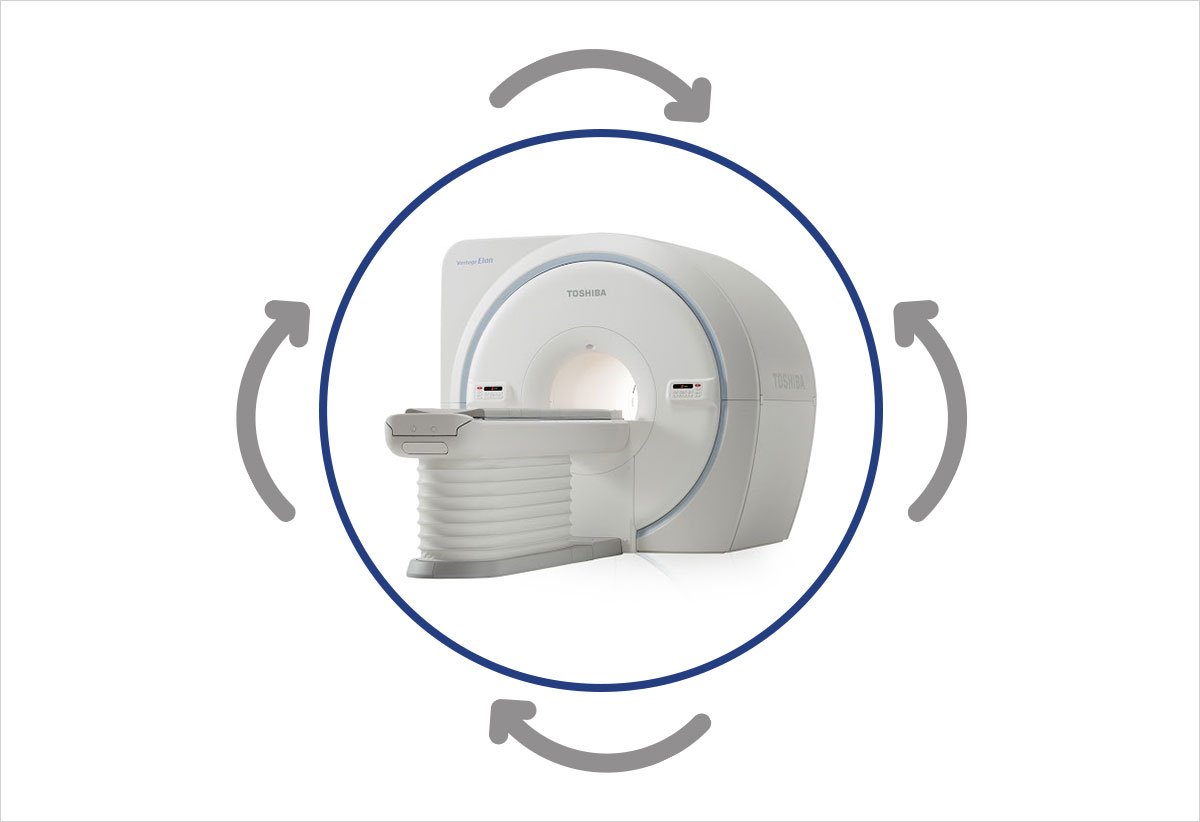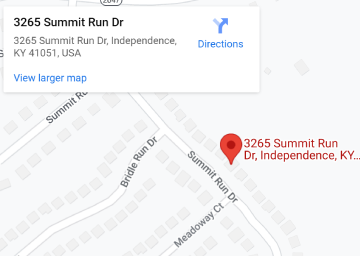Refurbishment Can Save Your Medical Equipment Impacted by Natural Disaster

Hospitals play an important role in delivering medical care and, they offer support to the victims in the aftermath of the occurred disaster. Because of this reason, both, the managers of the hospitals and the medical staff are very sensitive to the types of operations and medical devices that are necessary to support this important and vital role. Even though the initial point is the treatment and the careful arrangement of the patient, perhaps, a crucial aspect in the creation of the medical center complex for disaster response is the vulnerabilities of its mechanical and structural systems to disasters caused by nature such as extreme winds, earthquakes, or flooding.
What are the main consequences of the natural storm? When the risk given by natural hazards are not properly addressed all medical centers may become victims of the natural disaster. The impact of the disasters occurred in the past on medical organizations teach us about valuable lessons for the future hospital construction.
A refurbishment process is a great option for saving the medical imaging equipment
Refurbishment process is a great thing to save the medical imaging equipment which is affected by a natural disaster. It is also a great thing when it comes to improving the qualities and the features of your old machine. The new advancements and updates can be installed on the old medical device. The refurbishment is a perfect way to restore the function and option of your damaged machine. This way the managers of the hospitals will save money for repair any other damage caused by the natural disaster.
With the refurbishment process, the machine can get any part of it repaired and any function or operation restored. This means that all destroyed parts would be replaced and if needed, the new updates available for that device would be installed. If some new applications are available, they would be also installed on the medical imaging device. Another thing to consider is that the refurbishment process is a good way to protect the energy in the environment. Even though there has been a natural disaster, the refurbishment will give its positive effects on the environment. This way the old energy would be transformed and used in a better way.
The most important thing is to find the right person and manufacturer to perform the refurbishment process. They must provide some type of certificate and license in order that he can do the process. Later, the manager should look for a warranty for the upcoming refurbishment processes. The experienced and professional person will follow a five-step procedure to meet the requirements of the refurbishing procedure. At first, the professional refurbishment team would take into consideration the age, performance, and the service of the medical imaging equipment. At the same time, they will inspect what parts are damaged by the natural disaster. When they locate the damage, they will also see how to make things right. This means they will inspect to see if the software and the hardware of the machine could be repaired and later upgraded. They will investigate the possibility to check if the service parts will be available in the next five years. The next step is de-installing the medical device and shipping back to a factory in its original packaging.
All medical imaging equipment during the refurbishment process is cleaned, disinfected, and painted if necessary. All worn parts are replaced, and the device is reset to the new customer specifications. When the final check is passed, the refurbished machines receive a quality treatment.
Keep in mind that the refurbishment process is also a big investment but, however, it is far more acceptable than purchasing a new machine. The final decision about the refurbishment process is determined by the managers of the hospitals which are impacted by the disaster.
Conclusion
According to the all mentioned above, the main conclusion is that there are very important things to be learned from the natural disasters in the past. All medical centers managers must have a clear vision and a complete understanding of the types of natural disasters that can negatively affect their hospitals, specifically the probability of occurrence and the magnitude. Hence all these exposures are already known, they must find vulnerable areas of the hospital complex. When all the exposures and vulnerabilities are determined, the managers must establish a mitigation plan to minimize the potential risks. The plan should be cost-effective and at the same time acceptable solution for the facility. Several methods are available to reduce the risks caused by natural hazards. One of them is the refurbishment process of the medical imaging equipment. This way you can have your equipment back in the facility with repaired and improved options.

 SUBSCRIBE TO OUR BLOG
SUBSCRIBE TO OUR BLOG
